Birdbaths have long been a cherished addition to gardens and outdoor spaces, offering our feathered friends a place to drink, bathe, and socialize. While many bird enthusiasts place birdbaths directly on the ground, elevating these water features offers numerous advantages for both birds and humans alike. An elevated birdbath isn’t just an aesthetic choice—it’s a practical decision that enhances bird safety, improves visibility, and creates a more enjoyable bird-watching experience. In this comprehensive guide, we’ll explore the compelling reasons why birdbaths should be elevated, from predator protection to maintenance benefits, helping you create the most effective and bird-friendly water source for your outdoor space.
Protection from Predators
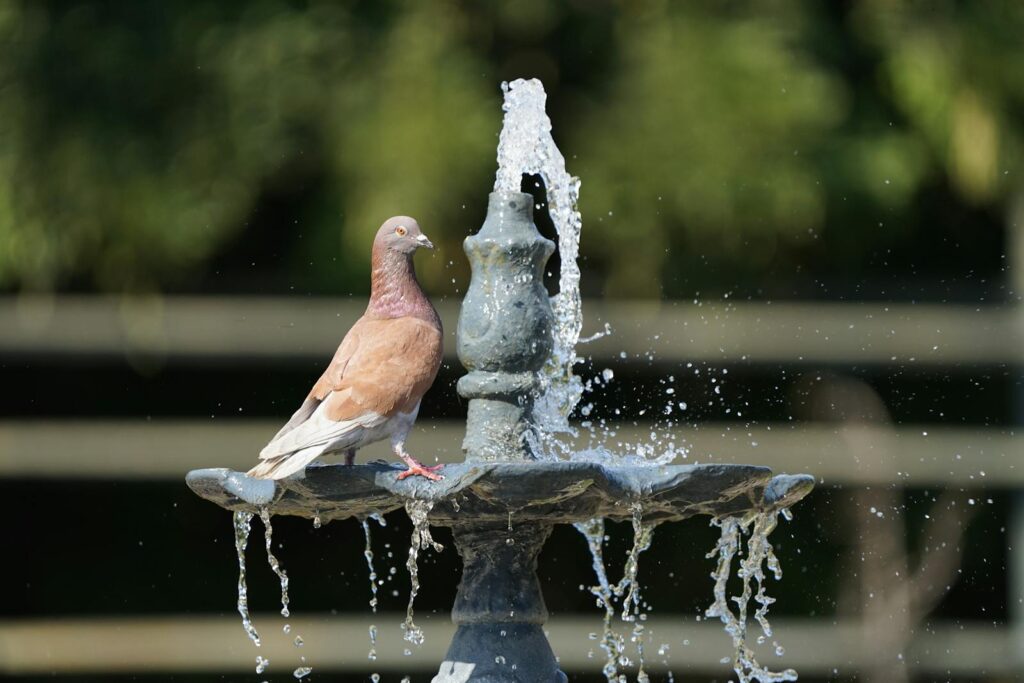
When birdbaths are positioned at ground level, birds become vulnerable to predators like cats, foxes, and other ground-dwelling animals. Elevation creates a significant safety advantage by placing birds out of immediate reach of these threats. Most predators cannot leap high enough to reach birds at an elevated height of 3-4 feet or more. Birds instinctively understand this safety principle, which is why they naturally prefer higher perches and water sources. This added security allows birds to relax while bathing and drinking, encouraging longer visits and more frequent returns to your garden. The peace of mind that comes with elevation means birds can focus on grooming and hydration rather than constantly scanning for danger.
Better Visibility for Bird Watching
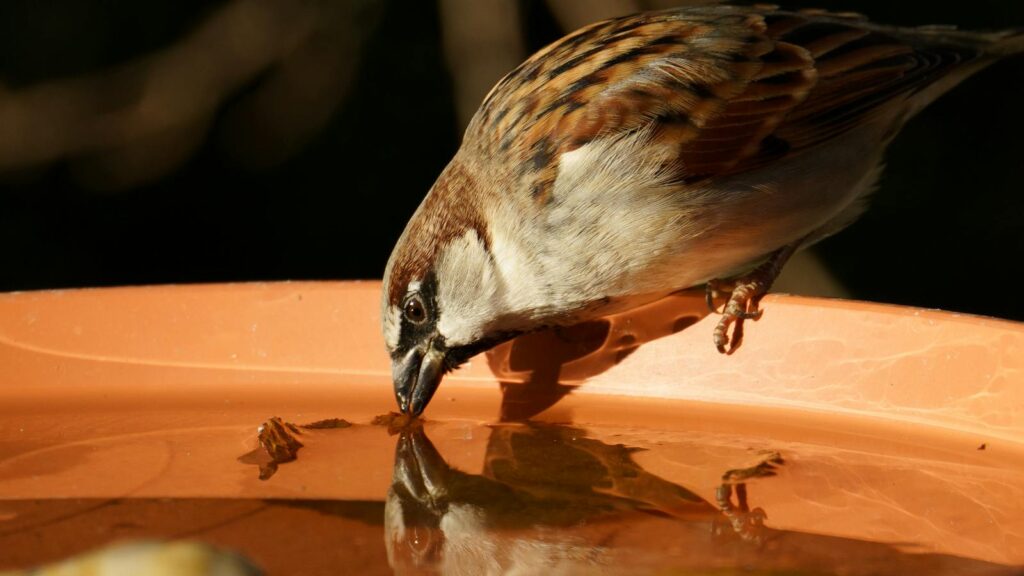
An elevated birdbath provides superior viewing opportunities for bird enthusiasts. Rather than having to crouch or position yourself at awkward angles to observe ground-level activity, an elevated bath brings the birds closer to eye level. This improved visibility transforms casual observation into detailed bird watching, allowing you to appreciate subtle differences in plumage, bathing behaviors, and social interactions. Many bird watchers report identifying species they previously missed once they elevated their birdbaths. The enhanced viewing angle is particularly beneficial when the bath is positioned near windows, creating a natural “bird theater” that can be enjoyed from the comfort of your home, even during inclement weather or for those with mobility limitations.
Reduced Contamination from Ground Sources
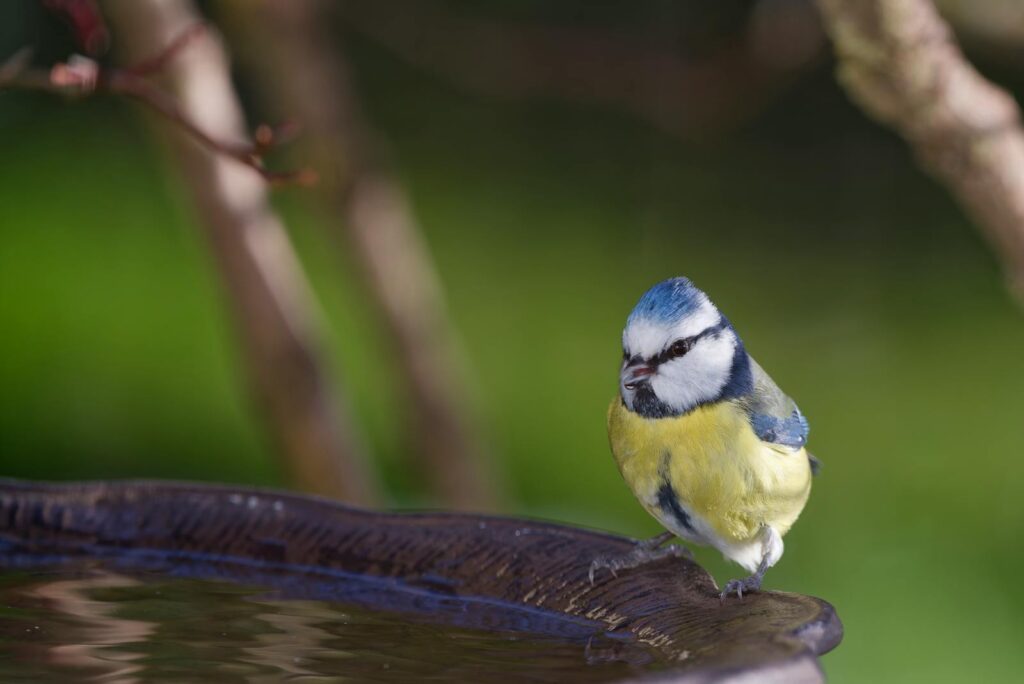
Ground-level birdbaths are significantly more prone to contamination from soil, lawn chemicals, decaying plant matter, and animal waste. Elevating your birdbath substantially reduces these contamination vectors, providing cleaner water for your avian visitors. This cleaner environment decreases the risk of disease transmission among birds, which is a serious concern in bird conservation. Common bird diseases like avian pox and conjunctivitis can spread rapidly through contaminated water sources. Height also prevents dogs and other pets from using the birdbath as a drinking bowl, which can introduce additional pathogens and chemicals from pet medications. The reduced contamination ultimately means healthier birds and less frequent water changes needed to maintain water quality.
Easier Maintenance and Cleaning
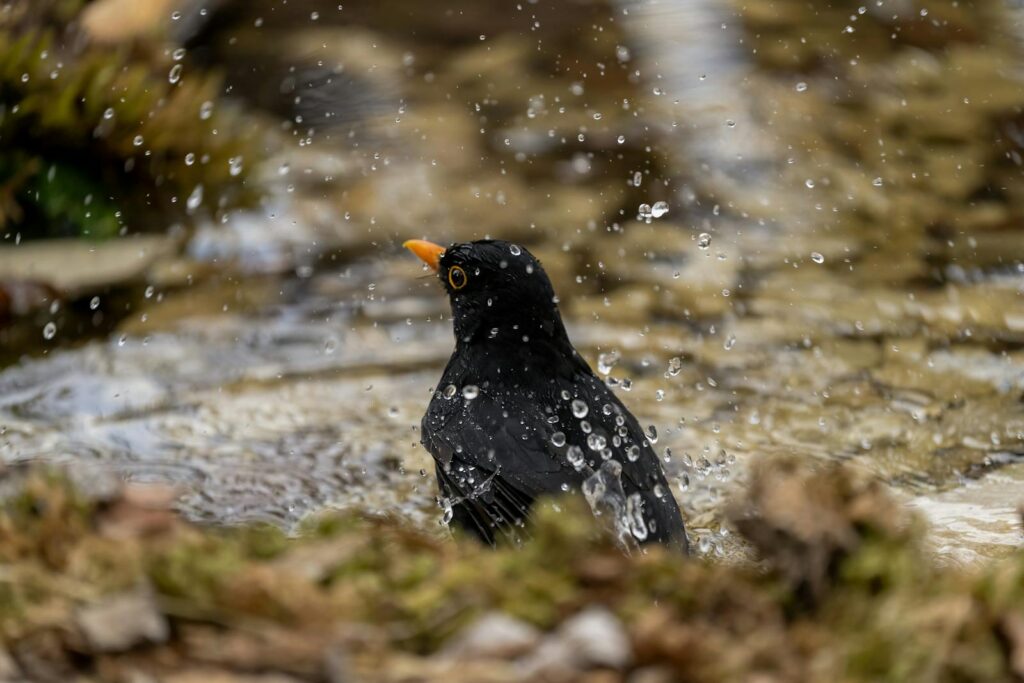
One practical benefit of elevated birdbaths is the significant reduction in maintenance effort for human caretakers. Bending down repeatedly to clean a ground-level bath can strain your back and knees, making routine maintenance uncomfortable or even painful. An elevated bath positioned at waist or chest height eliminates this strain, making the essential task of regular cleaning much more manageable. The ergonomic advantage is particularly important for older bird enthusiasts or those with mobility issues. Additionally, elevated baths typically stay cleaner longer, as they collect less debris, soil, and fallen leaves compared to ground-level alternatives. This combination of easier access and reduced cleaning frequency makes elevated birdbaths a more sustainable choice for long-term bird care.
Natural Bird Behavior and Preferences
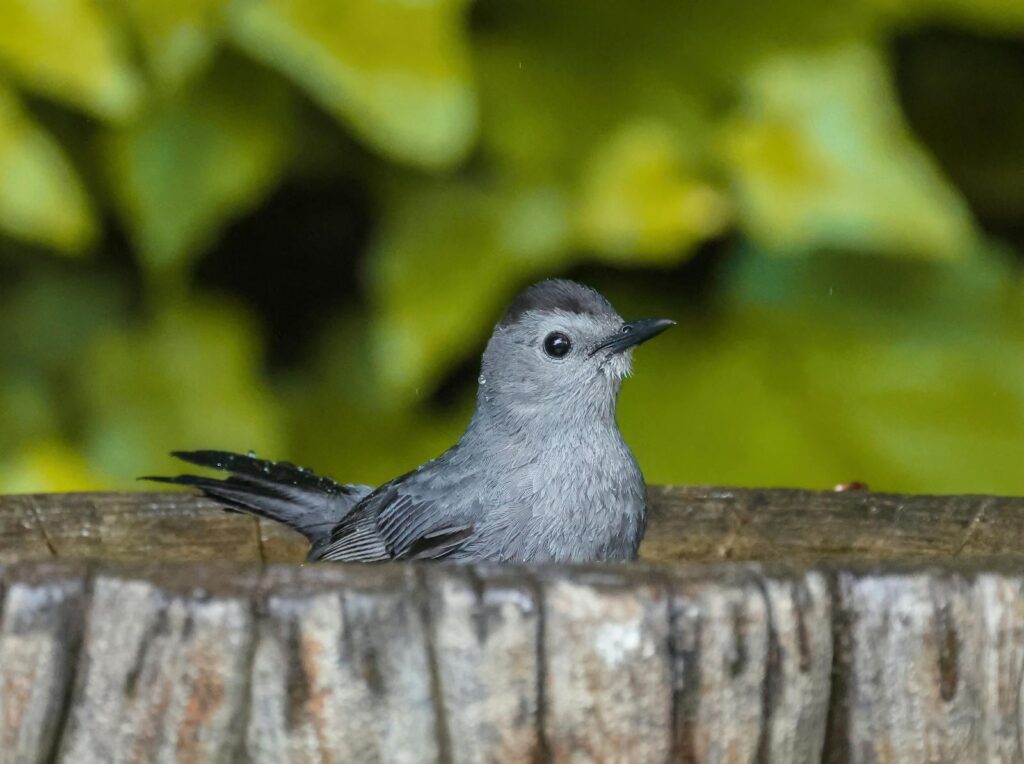
Birds have evolved to seek higher ground for both safety and comfort, a natural preference that should inform our birdbath placement. In the wild, most species prefer to drink and bathe from elevated water sources like tree cavities, rock formations, and branches overhanging water. An elevated birdbath better mimics these natural preferences, making birds feel more comfortable using your water feature. Observations by ornithologists confirm that elevated water sources typically attract more bird species and more frequent visits than ground-level alternatives. By aligning our birdbath placement with birds’ natural behaviors, we create a more inviting environment that respects their evolutionary adaptations and instinctual needs. This natural alignment ultimately creates a more successful and well-used birdbath.
Protection from Ground-Dwelling Insects
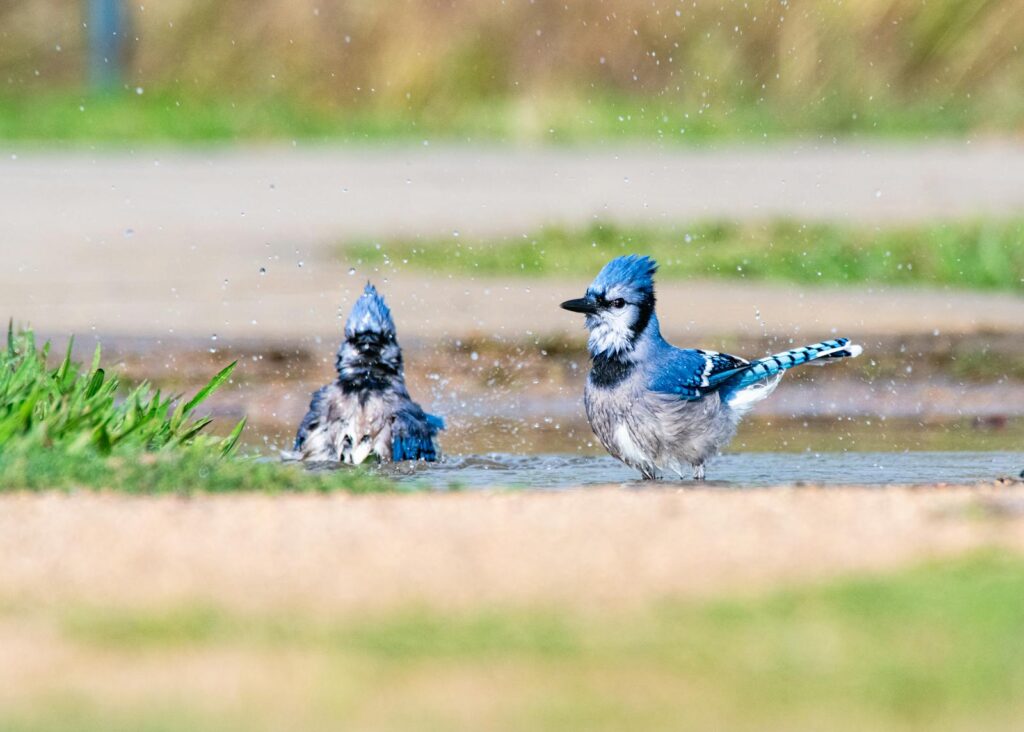
Ground-level birdbaths frequently become breeding grounds for mosquitoes, ants, and other problematic insects that can harm birds or create nuisances for humans. Elevation helps reduce insect access, particularly from crawling insects like ants that might otherwise use the bath as a water source or crawl onto bathing birds. The height barrier is especially effective against certain types of mites and parasites that can transfer from soil to birds during bathing. While flying insects like mosquitoes can still reach elevated baths, the reduced overall insect activity makes for a more pleasant bathing experience for birds. Combined with regular water changes, elevation creates a significant reduction in insect-related issues around your birdbath.
Decreased Risk of Drowning for Fledglings
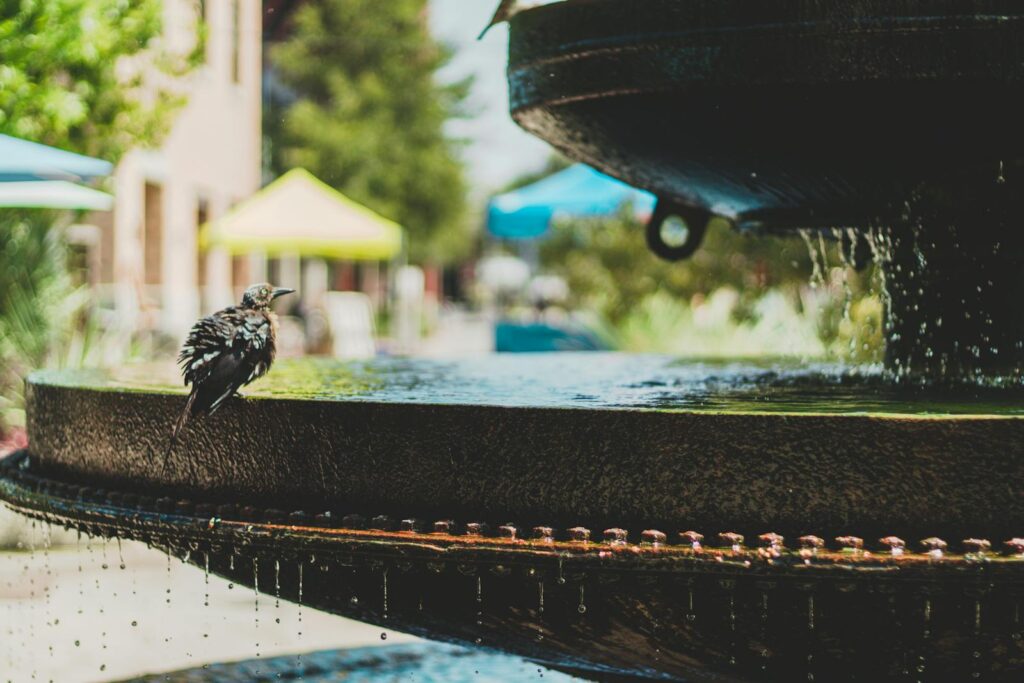
Young birds and fledglings face particular risks with ground-level birdbaths, as they may accidentally stumble into deeper water before they’ve fully developed their coordination and swimming abilities. An elevated bath naturally limits access to birds that can fly competently, reducing the risk of accidental drowning for vulnerable young birds. Parent birds instinctively understand this principle and often avoid bringing their youngest offspring to deep water sources. The elevation barrier creates a natural selection mechanism whereby only birds with sufficient flight capabilities will access the bath. For bird enthusiasts concerned about providing water for all birds, a combination of elevated baths for adults and very shallow ground dishes for fledglings offers the safest comprehensive approach.
Better Drainage and Water Management
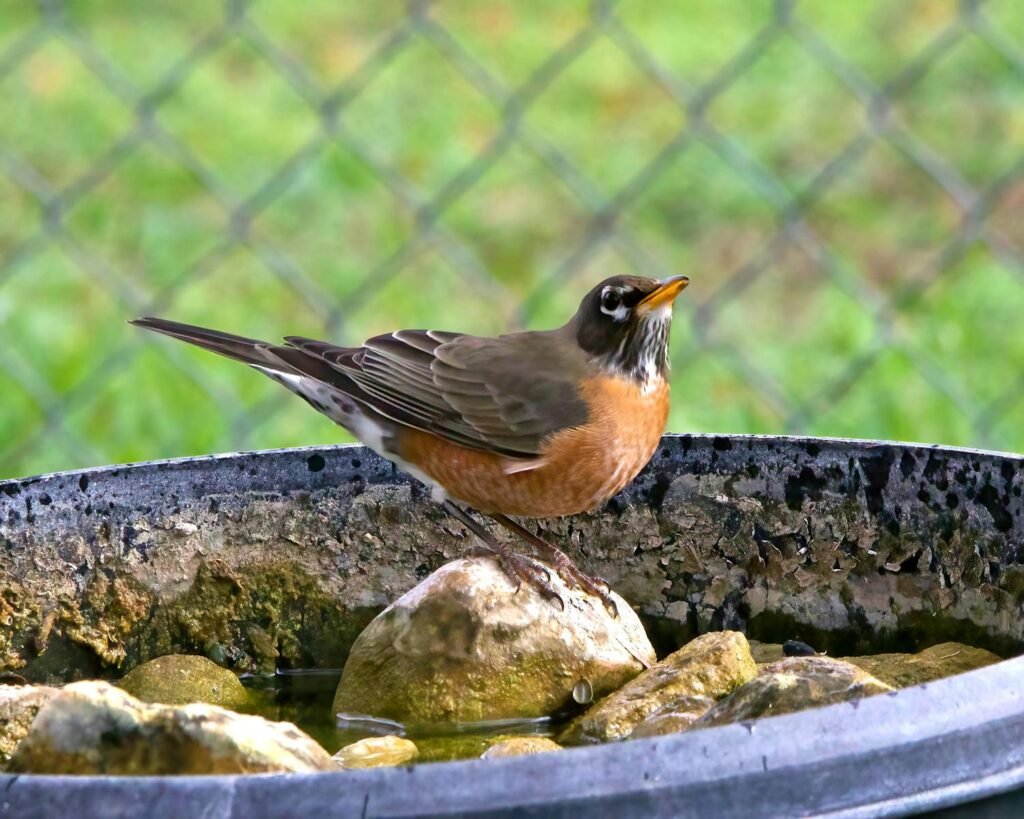
Elevated birdbaths typically feature purpose-built drainage systems that help maintain appropriate water levels and prevent overflow issues. These drainage features allow excess water to channel away from the base, preventing muddy puddles that can develop around ground-level baths after heavy rain or enthusiastic bathing sessions. The improved drainage also helps maintain consistent water depths, which is important for attracting a diverse range of bird species with different size requirements. Some elevated designs incorporate clever water management features like gradually sloped basins that provide varying depths within a single bath. This thoughtful water management creates a more user-friendly experience for birds while reducing water waste and preventing erosion or soggy spots in your garden landscape.
Enhanced Aesthetic Appeal in the Garden
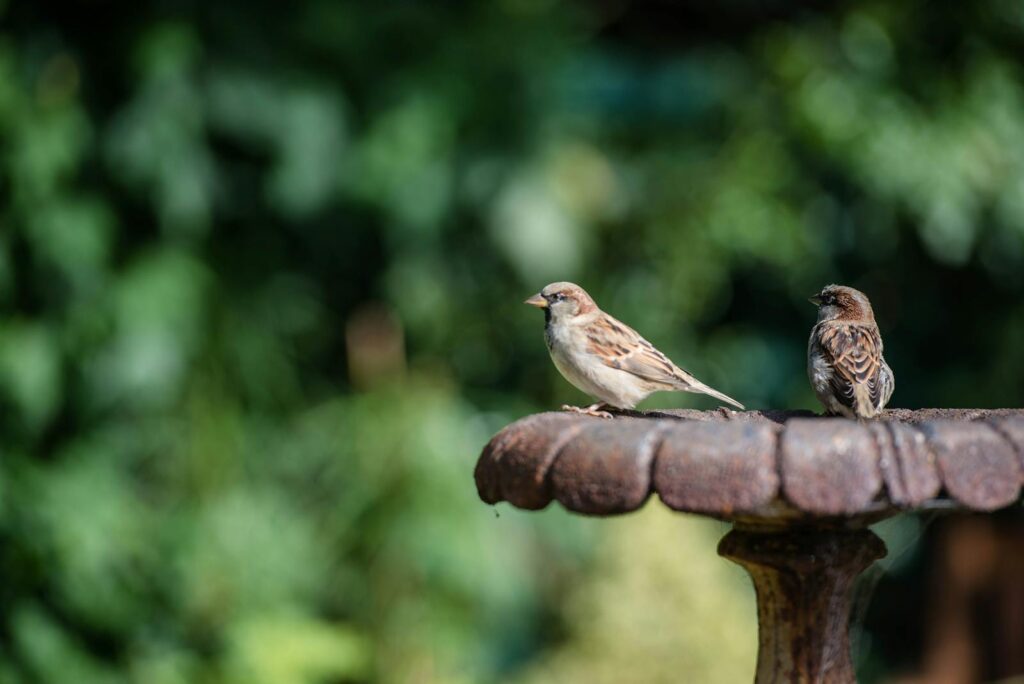
Beyond their practical benefits, elevated birdbaths contribute significantly to garden aesthetics by creating vertical interest and focal points in your landscape design. Ground-level baths often disappear visually into the landscape, while elevated versions draw the eye and create architectural elements that enhance overall garden composition. The pedestal or mounting structure itself often features decorative elements that complement your garden style, whether formal, cottage, modern, or naturalistic. Many gardeners strategically position elevated baths to create beautiful reflections of surrounding flowers, creating dynamic visual interactions as light changes throughout the day. This elevation transforms a purely functional element into a dual-purpose feature that serves both wildlife and landscape design objectives.
Protection from Freezing in Winter
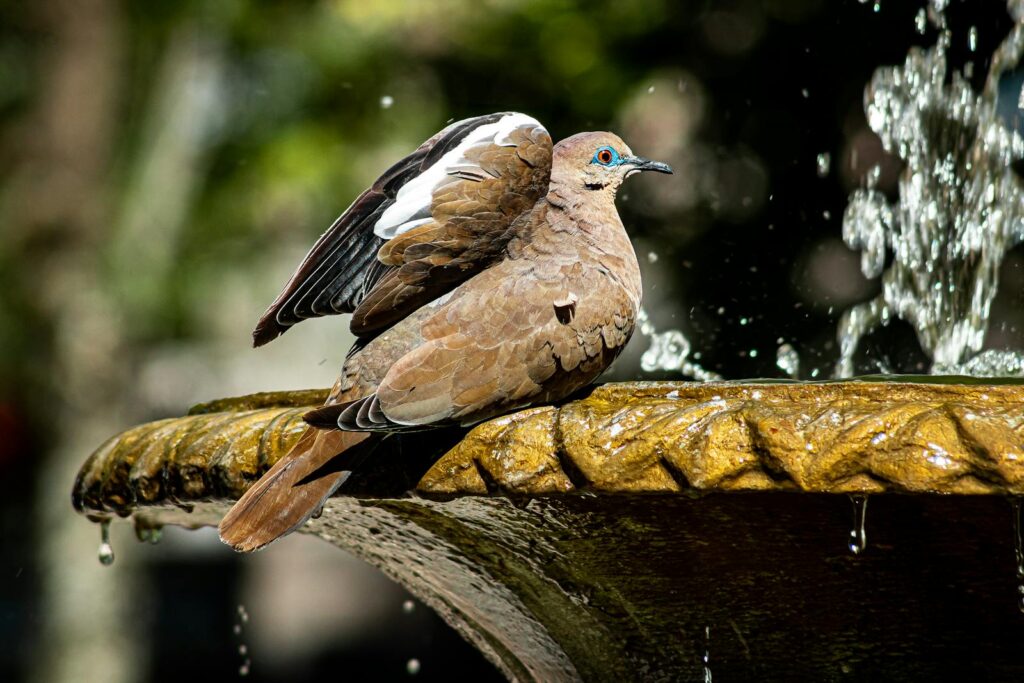
During colder months, elevated birdbaths offer practical advantages for maintaining unfrozen water, which becomes a critical resource for birds when natural water sources freeze. The elevation itself provides some natural insulation from ground frost, as the bath isn’t in direct contact with cold soil. Many elevated designs can more easily accommodate heating elements or solar-powered de-icers, which are challenging to implement safely with ground-level alternatives. The height also makes it easier to manage winter maintenance like breaking ice or replacing frozen water without trudging through snow or dealing with frozen ground. For year-round bird enthusiasts, these winter advantages make elevated baths particularly valuable during the season when birds most desperately need reliable water sources.
Compatibility with Bird Feeding Stations
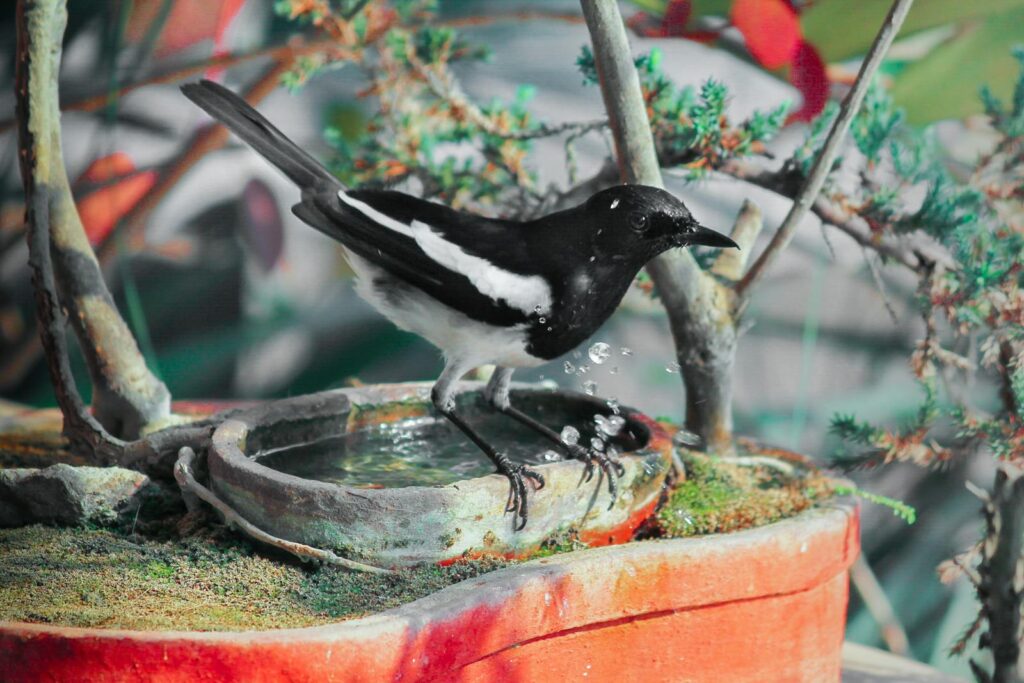
Many bird enthusiasts create comprehensive feeding stations that include food, water, and shelter components. Elevated birdbaths integrate seamlessly with these multi-function bird stations, creating a cohesive height pattern that feels natural to visiting birds. When feeders and baths share similar elevations, birds can move easily between resources without dramatic changes in flight patterns or exposure. This compatibility creates a more efficient energy expenditure for birds, as they don’t need to constantly transition between ground level and height. Integrated stations also simplify maintenance routines for caretakers, allowing them to service multiple bird amenities during a single session. The visual harmony of consistent heights also creates a more organized and intentional appearance in your outdoor space.
Reduction in Lawn Damage and Mud Formation
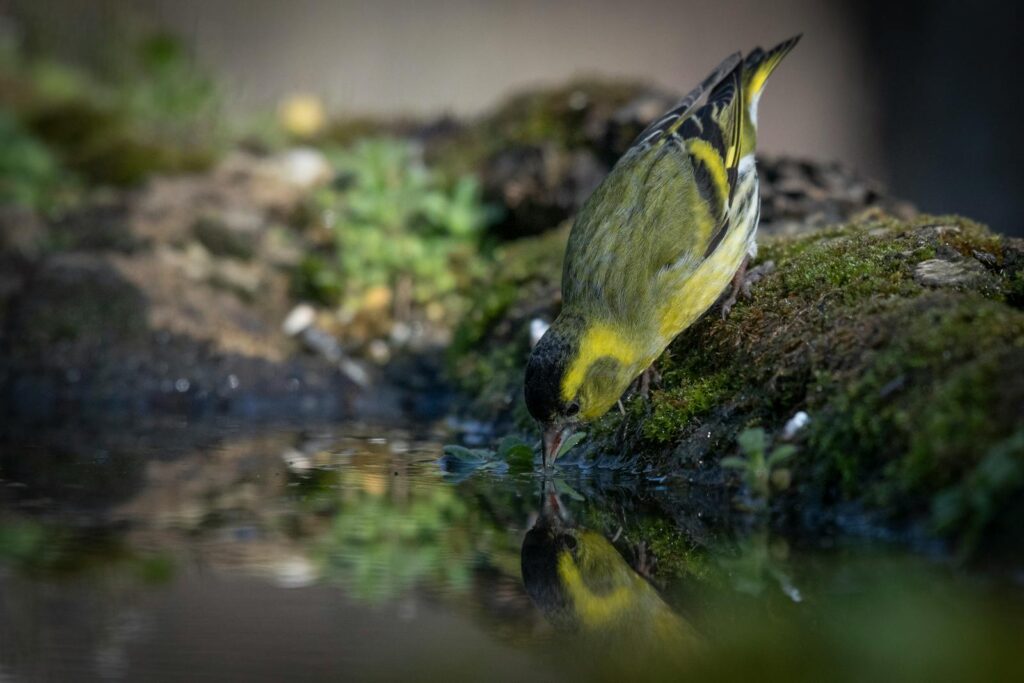
Ground-level birdbaths inevitably create zones of heavy traffic, soil compaction, and potential mud formation as birds splash and water overflows. Elevated baths eliminate these landscape maintenance challenges by containing splash activity away from delicate ground plantings. The height prevents the formation of bare soil patches that commonly develop around ground baths from constant bird activity and water saturation. This protection is particularly valuable for gardeners who maintain carefully designed landscapes or who struggle with poor drainage in their soil. The elevation advantage extends to protecting groundcovers, lawn edges, and low-growing perennials that might otherwise be damaged by bird traffic or excessive moisture around a ground-level bath. For meticulous gardeners, this reduction in landscape maintenance issues alone justifies the choice of elevation.
Greater Stability and Longevity
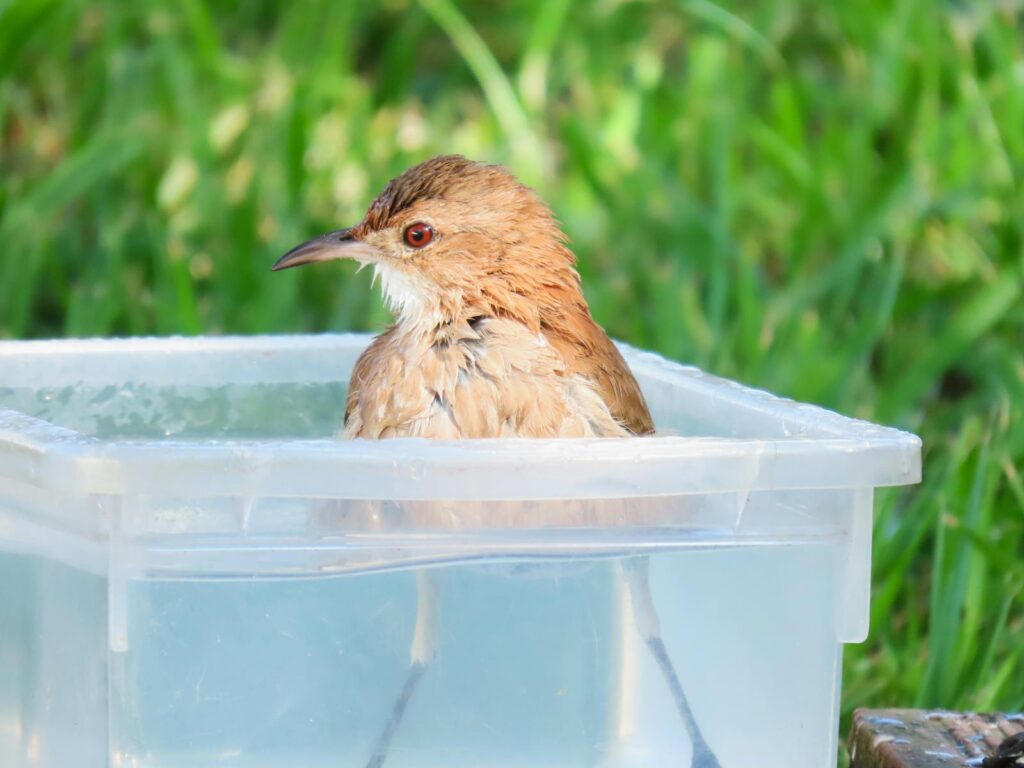
Well-designed elevated birdbaths typically offer superior structural stability compared to their ground-level counterparts. Pedestal models distribute weight efficiently through their central column, preventing tipping even during enthusiastic bathing sessions by larger birds. This stability translates to greater longevity, as the bath experiences fewer accidents, cracks, and weather-related deterioration. Many elevated designs are engineered specifically for durability, using materials selected to withstand years of outdoor exposure while maintaining their functionality and appearance. The height also reduces exposure to lawn equipment damage, a common cause of premature failure for ground-level baths that may be accidentally struck by mowers or trimmers. For bird enthusiasts seeking sustainable, long-term solutions, the investment in a quality elevated bath typically provides greater value over time than repeatedly replacing damaged ground-level alternatives.
Elevating your birdbath represents one of the simplest yet most effective improvements you can make to your bird-friendly landscape. From critical safety benefits and improved bird health to practical advantages in maintenance and aesthetics, the case for elevation is compelling from multiple perspectives. Birds instinctively recognize and appreciate the security of height, rewarding elevated bath providers with more frequent visits and greater species diversity. As you consider adding or replacing a birdbath in your outdoor space, remember that the modest additional investment in a properly elevated model pays dividends in bird welfare, viewing enjoyment, and reduced maintenance effort. By working with, rather than against, birds’ natural preferences and behaviors, elevated birdbaths create a more successful and harmonious relationship between humans and our avian neighbors.
